Hide Show
Sell/Trade Us Your Car | Click Here To Learn More
Your tire pressure light provides a critical reminder to restore the pressure in your vehicle's tires when it gets low. You should only attempt to reset the light after first addressing the tire pressure in every tire. Once your tires are at the appropriate pressure, the light may go off on its own. If it doesn't go off right away, driving at 50 mph for about 10 minutes should help the tire pressure sensor reset.
If the tire pressure light is still on, there are a few more tricks you can try:
TPMS stands for Tire Pressure Monitoring System. The tire pressure light is one component of this electronic system, providing a visual alert when your tire pressure is low. The TPMS monitors tire pressure using either an indirect or direct method.
An indirect TPMS measures the rate of revolution for each wheel. If a wheel starts spinning faster than anticipated, the system signals to your vehicle's computer that something is amiss with the tire rotation, and your tire pressure light comes on. You must manually reset the monitor in an indirect TPMS system.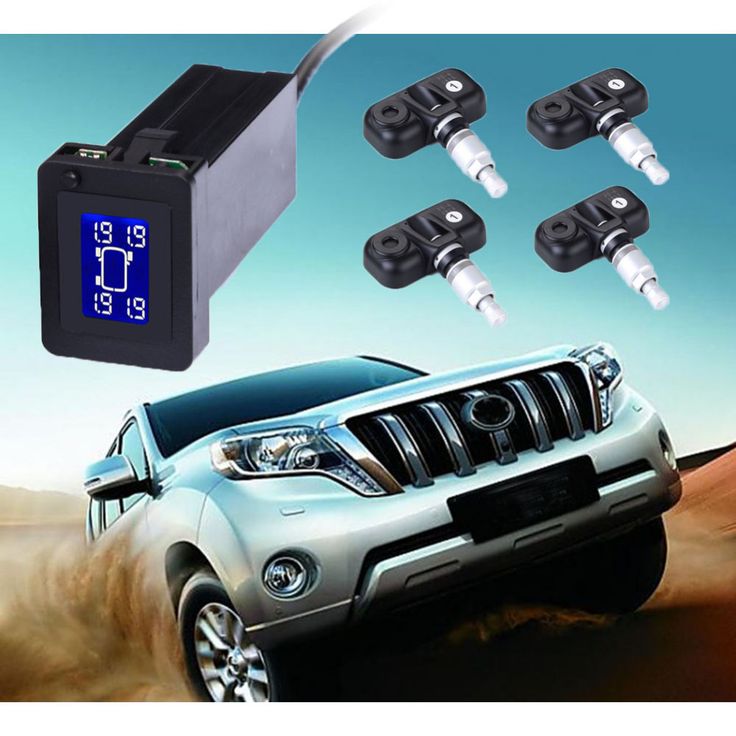
A direct TPMS uses pressure monitoring sensors in each tire to monitor tire pressure exactly. This is a more accurate alternative to an indirect TPMS system. The batteries inside these sensors will last for about 10 years. Direct TPMS systems reset automatically after tire inflation or rotation. You do need to have these sensors resynchronized when you get new tires, which requires a special tool.
Yes, cold weather will affect the air pressure in your tires. Your tires lose one or two pounds per square inch (PSI) for every 10 degrees that the temperature drops. Cold air condenses while warm air expands. Therefore, the colder air in your tires will take up less space in lower temperatures.
You may find that your TPMS light is only illuminated for a short time in the morning on particularly cold days. After about 20 minutes of driving, the air will often warm up and expand, restoring proper pressure in your tires.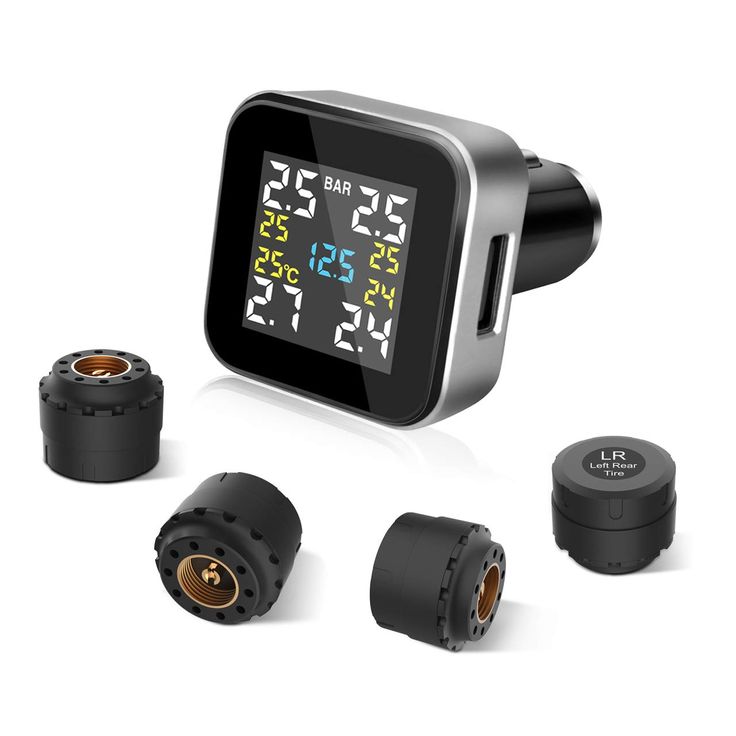 If the light stays on after 20 minutes on the road, you should add air to your tires as needed to restore the proper pressure. Low tire pressure is hazardous for your vehicle regardless of the cause.
If the light stays on after 20 minutes on the road, you should add air to your tires as needed to restore the proper pressure. Low tire pressure is hazardous for your vehicle regardless of the cause.
When the tire pressure monitor light is on, the first thing you should do is check the pressure in each of your tires, including the spare. Check the manufacturer's recommendation to determine the appropriate pressure for each tire. This is typically between 30 and 35 PSI but may vary. You should measure tire pressure when the tires are cold, which means they have not been driven in the last three hours.
To check the pressure, simply unscrew the valve cap and insert a tire gauge into the valve stem. The gauge will provide a clear reading. Replace the valve cap when you're finished. If your tires are all at the appropriate pressure, there's a malfunction with your TPMS. Bring your vehicle to an authorized dealership service center to diagnose and resolve the issue.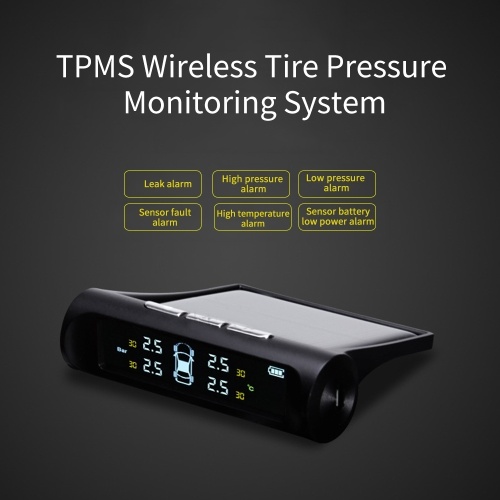
If the tire pressure monitor light is on, you should check your tire pressure as soon as possible. Low tire pressure creates a serious hazard on the road. According to the National Highway Traffic Safety Administration, 738 people died in tire-related crashes in 2017. When tire pressure is low, the tire has more contact with the road. This may cause the tire to overheat, leading to tread separation, excessive tire wear, or a blowout.
Low tire pressure also wreaks havoc on your fuel efficiency. You can save up to 11 cents per gallon simply by keeping your tires properly inflated. You'll also save money on tire replacements with adequate inflation. Keeping your tires properly inflated can add 4,700 miles to the tire's average lifespan.
The tire pressure monitor light gives you valuable information and should not be ignored.
You do not necessarily need to have your TPMS sensors replaced with new tires, but this is a good time to check them and make sure they're still in good condition.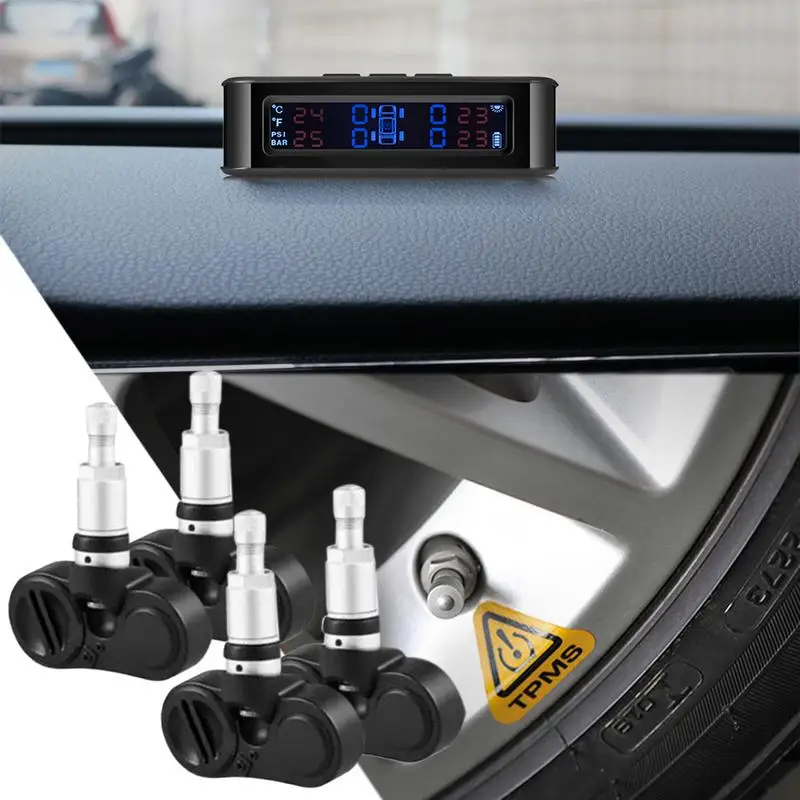 If you have an indirect TPMS system, your mechanic will need to manually reset the sensors after changing your tires. If you have a direct TPMS system, no additional maintenance is required to reset the system.
If you have an indirect TPMS system, your mechanic will need to manually reset the sensors after changing your tires. If you have a direct TPMS system, no additional maintenance is required to reset the system.
A new TPMS system will typically last for about 10 years before the batteries run out. If you have an older vehicle, you may need new sensors every five or six years. Your mechanic can advise you on the best time to replace TPMS sensors for your vehicle. When new sensors are installed, the system must relearn the location of each tire, which requires a detailed series of technical procedures. You should leave this task to a professional.
If you need tire service for your Toyota, come to Kings Toyota for prompt, reliable service. Our highly-trained technicians are equipped to assist with any type of tire issue, whether you need new tires or have a malfunctioning tire pressure sensor light. Make your appointment today.
First Name*
Last Name*
Contact Me by*
EmailPhone
by Mark Stevens
82 shares
Last Updated on June 1, 2022
You’ve probably been there before. While driving, your instrument cluster suddenly displays a “Tire Pressure Sensor Fault” message or warning light. But what exactly does it mean and how do you fix it?
While driving, your instrument cluster suddenly displays a “Tire Pressure Sensor Fault” message or warning light. But what exactly does it mean and how do you fix it?
Table of Contents
A tire pressure sensor is a small computer located inside each tire. It is designed to alert drivers of an under-inflated tire. Tire pressure sensors, or TPMS for short, have been mandatory on all vehicles in the U.S. since 2007.
Need help with a car problem RIGHT NOW?
Click Here to chat online with a verified mechanic who will answer your questions.
There are two common types of tire pressure sensors. The first is a valve type: the sensor and valve stem are one unit. The second is a band sensor: the sensor is mounted to the inside of the rim with a metal band.
Both sensors illuminate the dash light when the pressure reading is lower than it’s supposed to be, alerting the driver to a tire with low air pressure.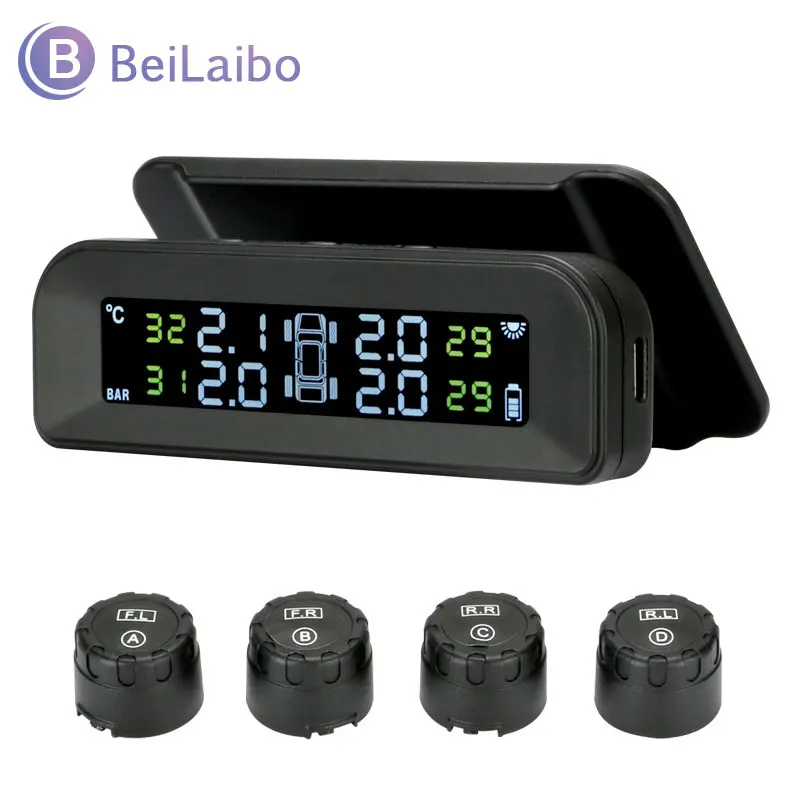
When a tire pressure sensor detects a problem with tire pressure, it will send a signal to the car’s computer, which will then illuminate a light on the dash.
This light is generally bright yellow, and looks like an exclamation point (!), inside of a “U” shaped symbol. This is the drivers warning to check on their tires, as one may be flat or just low.
See Also: Why is My TPMS Light On But My Tires Are Fine?
Driving on an under-inflated tire can cause the vehicle to pull in one direction or the other, depending on which tire is low. This will cause the driver to have poor control over the vehicle, which is very dangerous.
Driving on a low tire can also at the least cause unbalanced tire wear and at most cause damage to the structural integrity of the tire, mainly the sidewall. This eventually can cause a blow out to occur once the tire is re-inflated.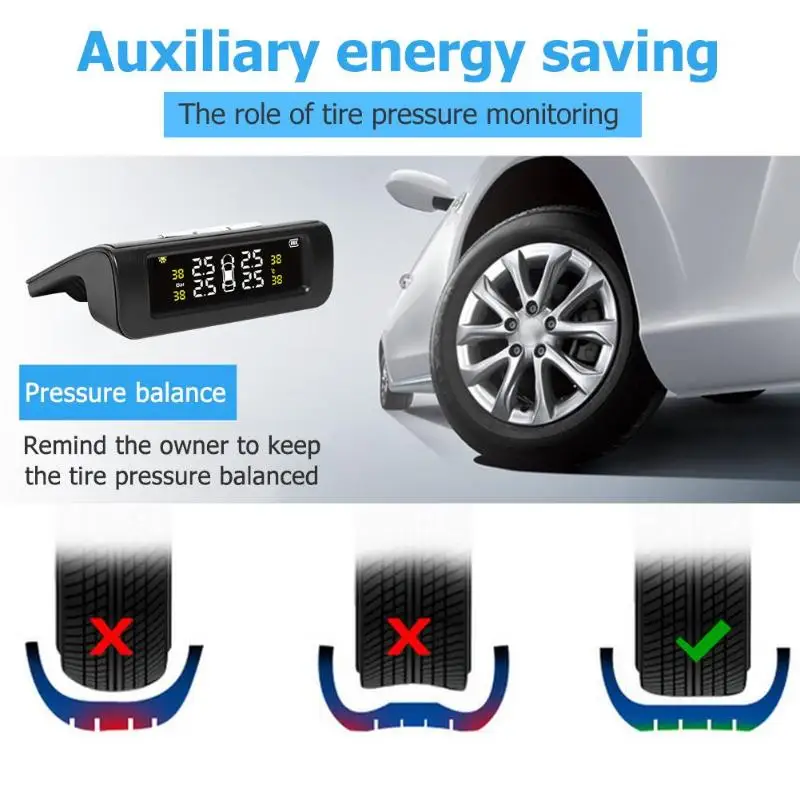 Driving on a completely flat tire will require that tire to be replaced due to this damage.
Driving on a completely flat tire will require that tire to be replaced due to this damage.
If you’ve confirmed that the tire pressure is adequate in all of the tires, then the the sensor has simply failed. At this point, the only concern the driver will have is the light glaring at them from the dash.
A failed sensor will require the driver to be more attentive to the pressure in their tires, since it is not reading the actual pressure anymore. This should be fixed at the earliest convenience for safety reasons.
Related: What To Do If You Get a Flat
The quickest and easiest repair for this issue is to check the pressure of all the tires with a quality air pressure gauge. These gauges can be picked up at any parts store and even most gas stations.
Don’t forget to check the spare tire too! Many vehicles have a pressure sensor in the spare and it is often overlooked.
As little as 5 PSI under the manufacturer recommended pressure can cause the dash warning light to illuminate. The manufacturer recommended pressure can be found in the owners manual, or on a sticker located on the drivers side doorjamb.
The manufacturer recommended pressure can be found in the owners manual, or on a sticker located on the drivers side doorjamb.
Related: How Long Can You Drive on a Spare Tire?
If checking and adjusting the tire pressure to within the proper specs does not remedy the problem, chances are good replacing the tire pressure sensor is necessary. The failed sensor can be identified using an OBD2 scanner, or through the vehicle’s dashboard computer options, depending on the model.
While having an automotive scan tool will let you diagnose the problem yourself, you can always have a local tire or repair shop perform a scan to quickly identify which sensor has failed. The battery life of these sensors range anywhere from 2 to 10 years.
In order to replace a failed tire pressure sensor, the wheel with the bad sensor must have the tire dismounted. Once the tire is off the rim, the old sensor can be removed and the new one installed.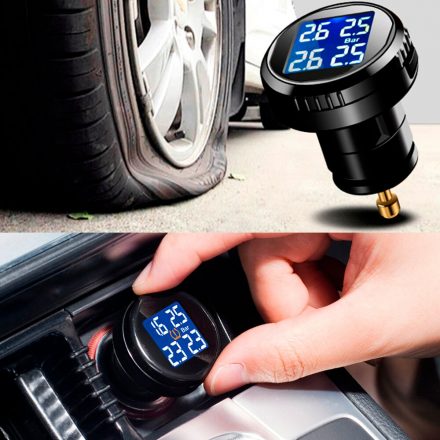
After the new sensor is put in the rim, the tire will be remounted and inflated. Then comes reprogramming so the car’s computer will recognize it.
Since most car owners don’t have the capability to dismount and remount a tire, a trip to the local tire shop is necessary. Fortunately, the process isn’t very expensive and you can usually purchase the TPMS sensor cheaper on your own to save some money.
The reprogramming process varies for each vehicle’s make and model. Some cars require a certain amount of mileage to be put on the new sensor for the computer to recognize it, usually just a couple miles.
Other vehicles must be reprogrammed using the same scanner that found the bad one. The scanner programs the sensor’s signal to the car’s computer so the two can communicate. Without this, the dash light will stay illuminated because the computer can’t read the new sensor, making reprogramming a crucial part of the replacement.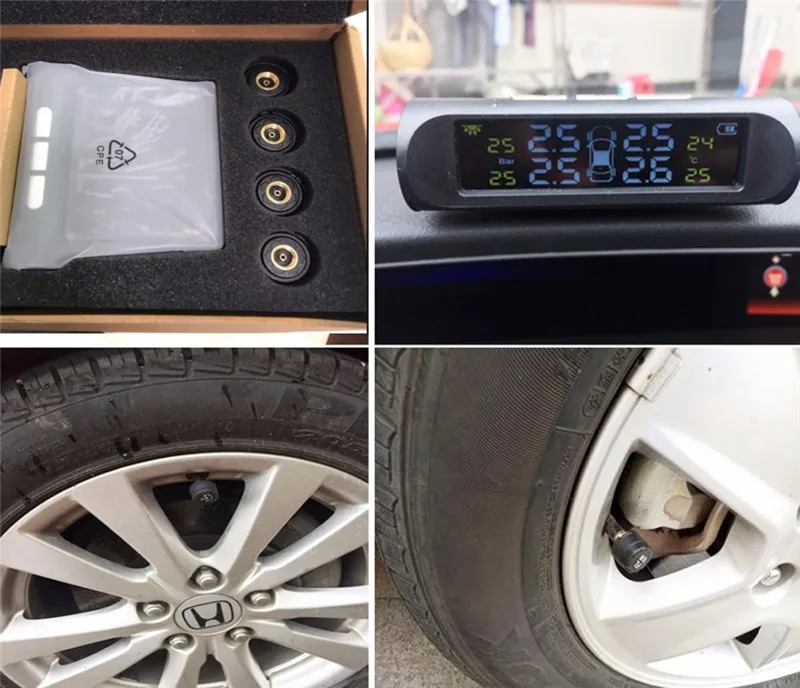
The cost of a tire pressure sensor replacement varies with the car. The main cost of this repair is the sensor itself. Luxury brands, such as Audi and Land Rover, will have a much higher sensor cost than Ford, Honda, or Toyota, for example. These sensors can range anywhere from $50 up into the hundreds, for a single sensor.
The labor that goes into replacing the sensor is minimal, usually in the range of 1/2 to 1 labor hour per sensor. It is important to keep in mind, the cost of labor is different at all repair shops.
A big name dealership will have a higher hourly labor cost than a small family owned repair shop. Some shops will also charge a reprogramming fee. Always be sure to ask about hourly labor costs and reprogramming fees when looking for a place to replace the sensor.
Choosing a place to have a repair of any sort done is solely up to the owner of the vehicle, and sensor replacement is no different! Of course, it is always recommended to choose a repair shop that is trustworthy and reputable.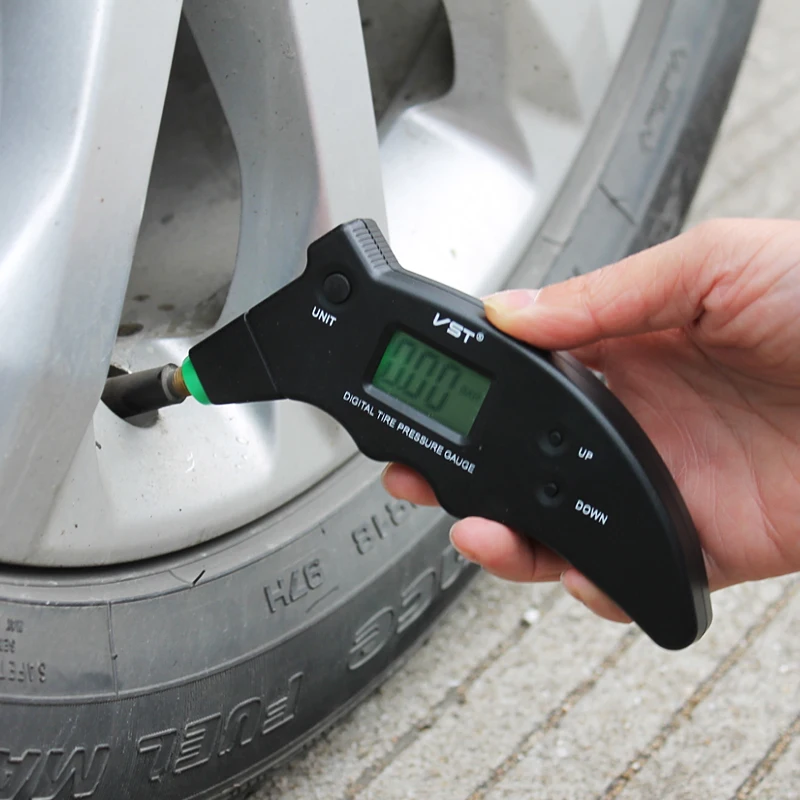 Avoid those shady places!
Avoid those shady places!
However, when it comes to tire pressure sensors, a big name dealership is not always the best choice either. A local tire shop should have the capability and knowledge to replace the sensor correctly.
Be sure to inquire about labor and part warranty when having any kind of work done at a shop. No one wants to spend money on a repair, just to find out the part was faulty or the labor done wrong.
Categories Electrical, Tires & Wheels Tags sensor, tpmsAsk a question, get an answer ASAP!
TPMS equipment is a useful option that is equipped with modern cars. TPMS monitors the tire pressure and signals the change in the parameter to the on-board computer.
If such equipment is installed on your car, this is not an obstacle to fast and high-quality tire fitting. But it is difficult to cope with this task on your own, since the use of specialized equipment is required.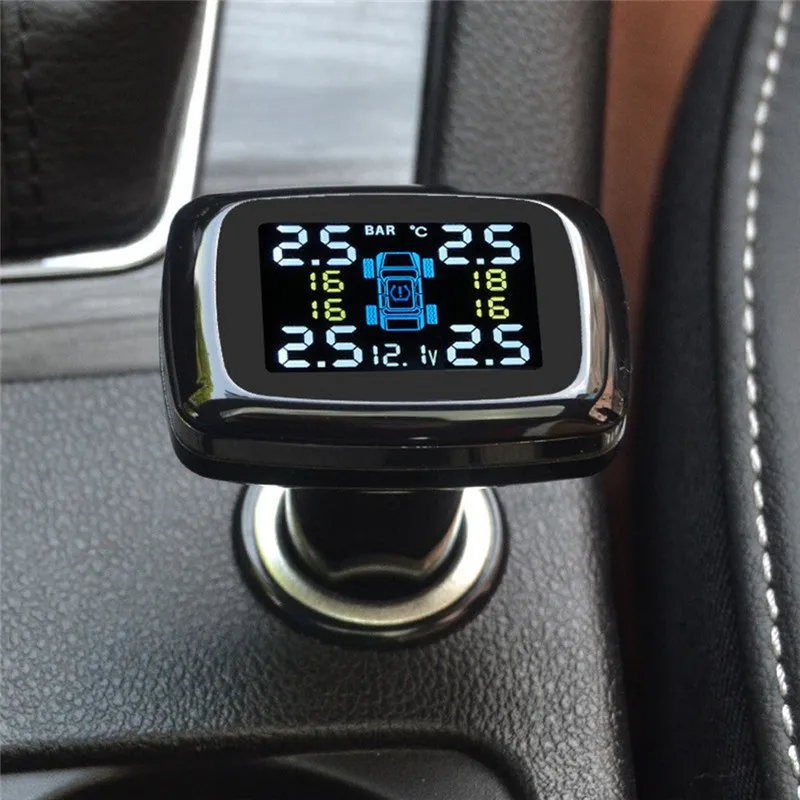 To the question of how to tire with pressure sensors, the answer is simple - visit Tuningberg LLC, where experienced craftsmen will perform the work in the shortest possible time. Our mechanics visually determine the presence of control equipment, but it is safer to warn about the gadget in advance, since the sensors are very fragile and prone to breakage.
To the question of how to tire with pressure sensors, the answer is simple - visit Tuningberg LLC, where experienced craftsmen will perform the work in the shortest possible time. Our mechanics visually determine the presence of control equipment, but it is safer to warn about the gadget in advance, since the sensors are very fragile and prone to breakage.
Control and measuring devices are made of two types: external and internal.
When replacing wheels, increased accuracy is required, which will be provided by our masters.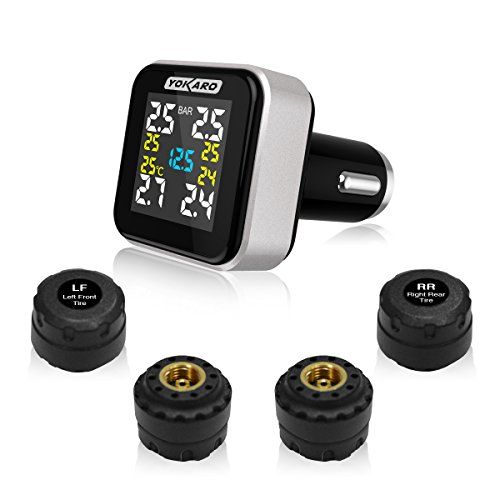
The installed pressure sensor is not a serious obstacle, but requires precautions when mounting or dismantling the rubber.
During the process, it is unacceptable to apply external influence to the device. From the description it is clear that it is impossible to carry out work without having the skills and without the use of specialized equipment.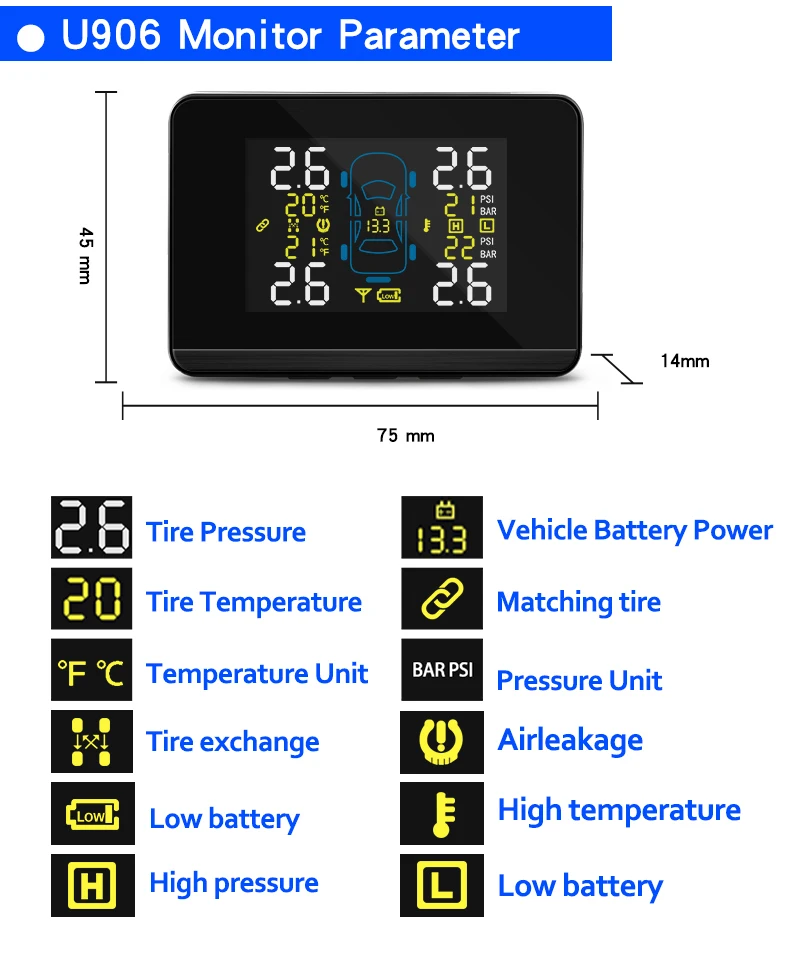
If your car is equipped with such equipment, be sure to contact a car service to reinstall seasonal tires. The question arises whether it is possible to install devices on both sets of wheels and replace them yourself. No, it causes difficulties.
After installing the wheels, the computer does not perceive the signal, and this is normal, since the cars standing nearby will transmit information that does not correspond to reality, therefore, recoding of the control equipment is required. This operation is carried out quickly:

After that, the circuit returns to normal and functions properly.
Our company employs qualified mechanics with extensive experience in tire fitting of wheels equipped with pressure sensors. They use modern high-tech equipment and follow the recommended work steps exactly. As a result, our customers are protected from marriage and breakdowns.
Independent work can lead to malfunctions of complex equipment, the elimination of which will require time and additional costs.
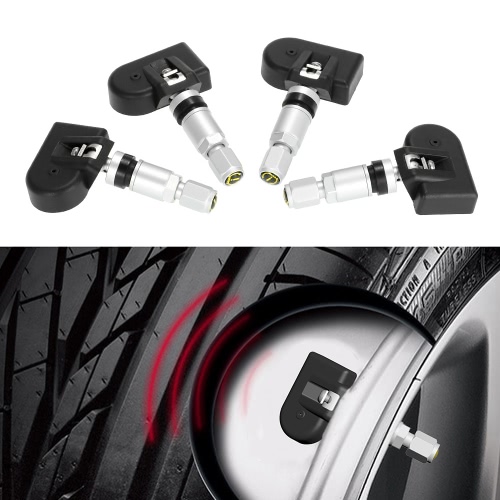 We have transparent and open pricing, we do not impose unnecessary repairs.
We have transparent and open pricing, we do not impose unnecessary repairs. Call and come. The employees of Tuningberg Ltd. are ready to cope with the most difficult problem. Our company is a reliable and responsible partner.
array ( [ID] => 59[~ID] => 59 [IBLOCK_ID] => 6 [~IBLOCK_ID] => 6 [NAME] => How to tire change tires with pressure sensors [~NAME] => How to tire change tires with pressure sensors [PREVIEW_TEXT] =>
Installed tire pressure sensors can complicate self-mounting tires, as the whole procedure for changing tires will change a little. In this article, you will learn how professionals carry out tire fitting of wheels with pressure sensors and what nuances you should pay attention to. And also why it is better to turn to professionals, and not try to do it yourself.
[~PREVIEW_TEXT] =>
Installed tire pressure sensors can complicate self-mounting tires, as the whole procedure for changing tires will change a little.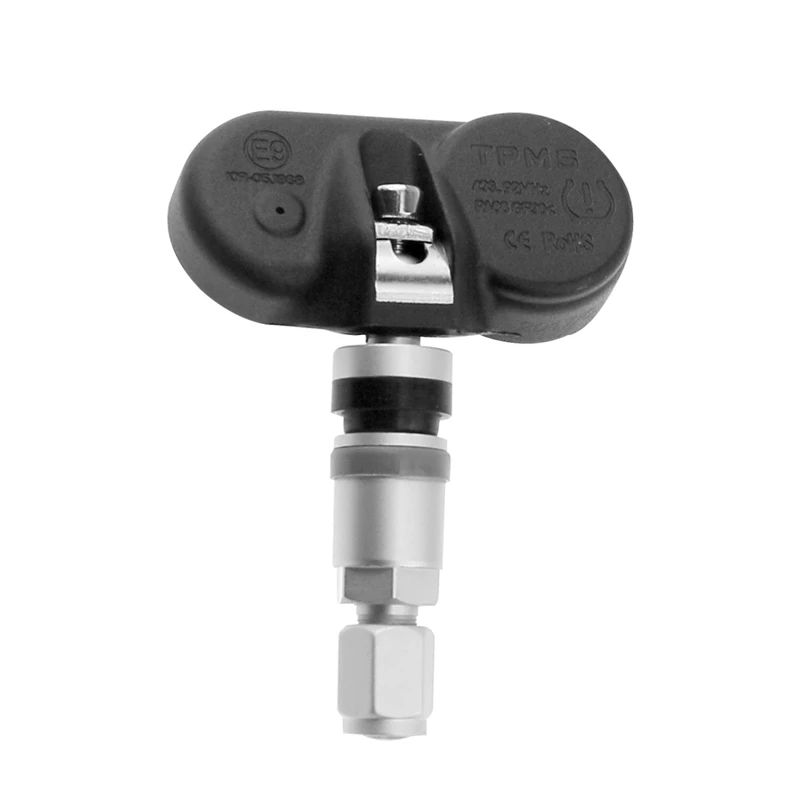 In this article, you will learn how professionals carry out tire fitting of wheels with pressure sensors and what nuances you should pay attention to. And also why it is better to turn to professionals, and not try to do it yourself.
In this article, you will learn how professionals carry out tire fitting of wheels with pressure sensors and what nuances you should pay attention to. And also why it is better to turn to professionals, and not try to do it yourself.
[PREVIEW_PICTURE] => 604 [~PREVIEW_PICTURE] => 604 [DATE_CREATE] => 19.10.2020 18:50:49 [~DATE_CREATE] => 10/19/2020 18:50:49 [DATE_ACTIVE_FROM] => 01/08/2021 19:37:00 [~DATE_ACTIVE_FROM] => 01/08/2021 19:37:00 [PREVIEW_TEXT_TYPE] => html [~PREVIEW_TEXT_TYPE] => html )
 S.
S. 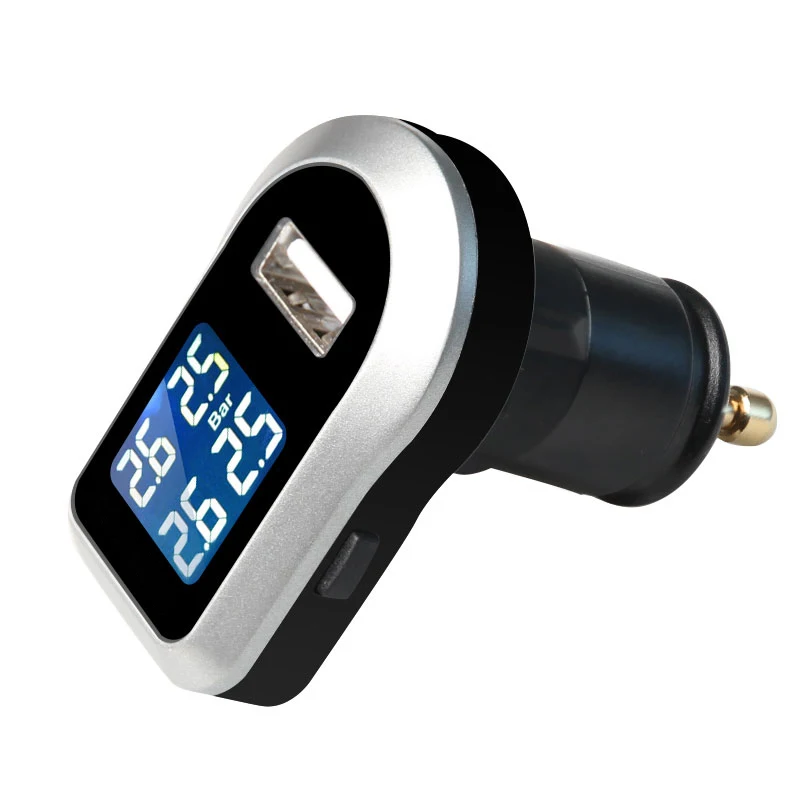 S.
S. | Vitaly Kabyshev, . Photo of manufacturers | |
| A punctured tire is always very annoying. But it is better to know about the flat tire in advance - this is where tire pressure sensors will help. |
The first patent for a tire was obtained in 1846, and since then the wheels have been constantly punctured. It is clear to anyone that a flat tire does not bode well. Yes, and dropped pressure can be very dangerous: it’s not for nothing that in the “Daily Maintenance” section of the car’s operating instructions, the item “Checking tire pressure” is one of the first.
When a tire "breathes", the rolling resistance increases significantly.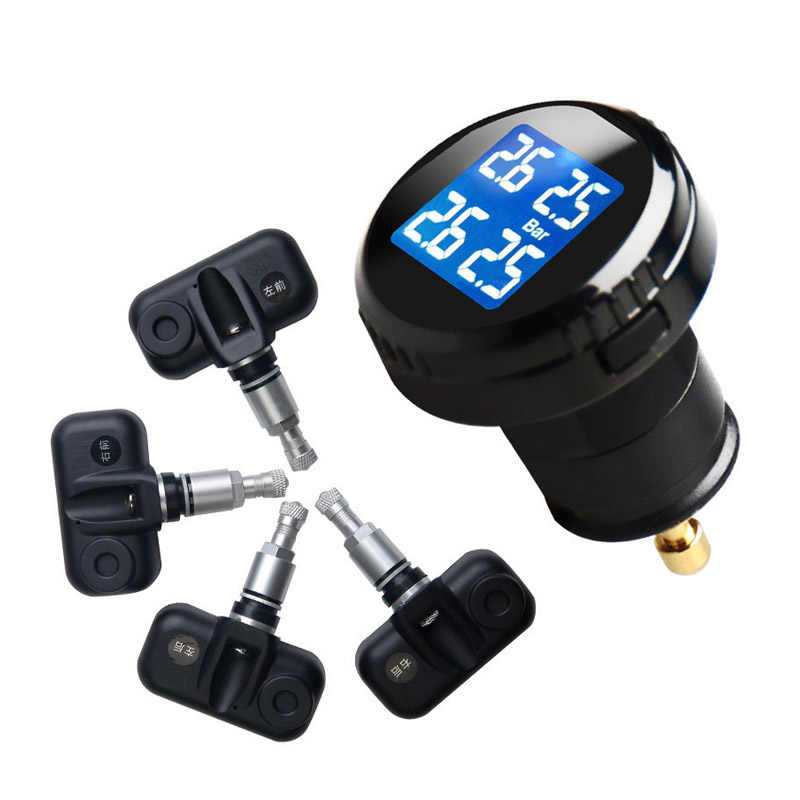 Where does this lead? To an increase in fuel consumption, increased tire wear and, of course, to the side slip of the car. Moreover, such a small drift to the side can be attributed to the slope of the road or rut. So the driver, by mistake or inexperience, can continue to move for quite some time. And the most dangerous thing about this is that in an emergency, for example, during a sharp maneuver or braking, a flat tire can break off the disc or turn over. And here it is not far from the accident.
Where does this lead? To an increase in fuel consumption, increased tire wear and, of course, to the side slip of the car. Moreover, such a small drift to the side can be attributed to the slope of the road or rut. So the driver, by mistake or inexperience, can continue to move for quite some time. And the most dangerous thing about this is that in an emergency, for example, during a sharp maneuver or braking, a flat tire can break off the disc or turn over. And here it is not far from the accident.
Therefore, this disgrace must be fought with all our might. And the sooner the driver notices the loss of pressure, the better. Of course, the easiest way is to check the pressure before the trip by connecting a pump or pressure gauge to each wheel in turn. But we are lazy and forgetful people. And the pleasure of poking around in the cold or in the rain with some kind of devices is small. Moreover, there is already a whole bunch of systems that can check this same pressure.
Chinese made caps indicate pressure loss by changing color. Informativeness is good, accuracy is questionable.
Informativeness is good, accuracy is questionable.
The simplest of them are special caps with color indicators that are installed instead of the standard caps on the boost valves. The pressure dropped below, say, two atmospheres - a warning yellow (orange, purple) strip will appear under the transparent cap of such a miracle cap. Yeah, it's clear that something is wrong with the wheel, we need to check. The pressure has dropped even lower - the cap will “paint” in a different, usually red color, which will indicate the criticality of what is happening. The advantage of this approach is simplicity. Minus - not enough good information content. After all, the caps can only be seen during a stop. Still, getting around the car before the trip, looking at the colors of the caps, is much easier than measuring the pressure every time.
Another disadvantage is that the caps start informing about the change in pressure only when it falls below some certain values, which, by the way, can be quite normal for your car and your wheels. So, you need to select them exactly for your car.
So, you need to select them exactly for your car.
The radio sensors of many electronic monitoring systems are mounted on the disk using special clamps.
And in order to notice something wrong while driving, it would be nice to have an electronic system on board that would automatically notify you of dangerous pressure drops. And not just notify, but would do it on time (so that there was time to orient) and without false positives.
The installed control system in this case will warn the driver at the right time about a change in the corresponding parameter and give him enough time to stop the car safely. It is clear that in cases of a serious puncture or explosion of a tire, such systems will not help, since the driver will feel the car pull without any sensors. But with a “slow” puncture, such electronics are simply irreplaceable.
There are, for example, systems that transmit tire pressure and temperature data to the central unit via radio. And there are those who can transmit this data via Bluetooth to phones or communicators.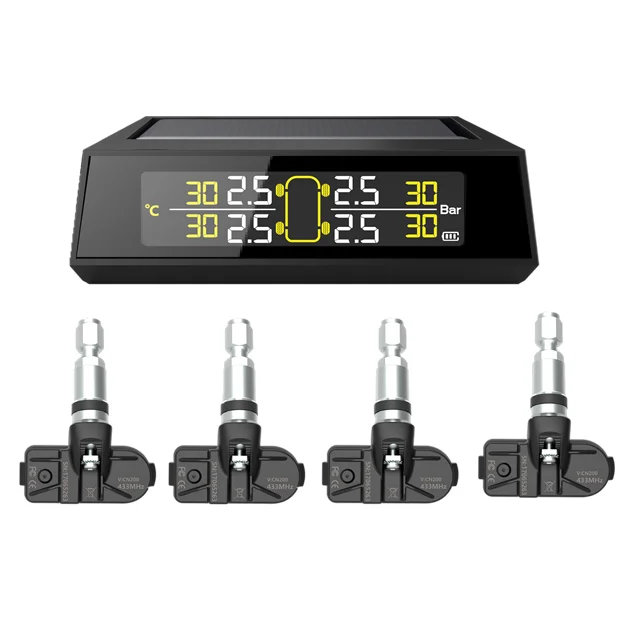 Well, it's very convenient.
Well, it's very convenient.
Pirelli's X-Pressure pressure monitoring system. In the simplest version of Optic, it consists of four caps that are installed on regular valves. And they signal a drop in pressure by a change in color.
But there are more tricky systems that work without "real" pressure sensors, but through ABS. It is they who are usually put in the standard configuration of cars. How do they work?
Electronics with the help of sensors at each moment of time determines the speed of the wheels and their relative difference. As you know, when the pressure drops, the height of the tire profile becomes lower. Consequently, the speed of rotation of the wheel with the "sick" tire increases, therefore, the difference in the frequencies of rotation of the wheels on the same axle also increases. As a result, the system captures these changes - and gives an alarm signal.
Acoustic X-Pressure system. Sensors are built into the caps that register pressure, and radio transmitters that provide communication with the central unit. As soon as the pressure has dropped, a corresponding indication appears on the display of this unit and a warning sound signal is heard. Batteries in caps are enough for about 5 thousand hours of operation, which corresponds to five years of operation. Replacement of batteries in the caps is not provided, therefore, at the end of the service life, the set must be changed completely.
As soon as the pressure has dropped, a corresponding indication appears on the display of this unit and a warning sound signal is heard. Batteries in caps are enough for about 5 thousand hours of operation, which corresponds to five years of operation. Replacement of batteries in the caps is not provided, therefore, at the end of the service life, the set must be changed completely.
Why is this indirect method of determining tire pressure bad? Such systems can work, for example, in long turns, when for a relatively long time the system detects a large difference in the rotational speeds of the wheels of different sides (after all, the outer wheels spin at a higher speed than the inner ones). And these are flowers.
One of the more sophisticated X-Pressures, AcousticBlue can transmit pressure data via Bluetooth to a mobile phone. There is such a thing from 160 euros.
In some cases, such systems are useless at all. For example, when tires with run-flat technology are installed on a car.